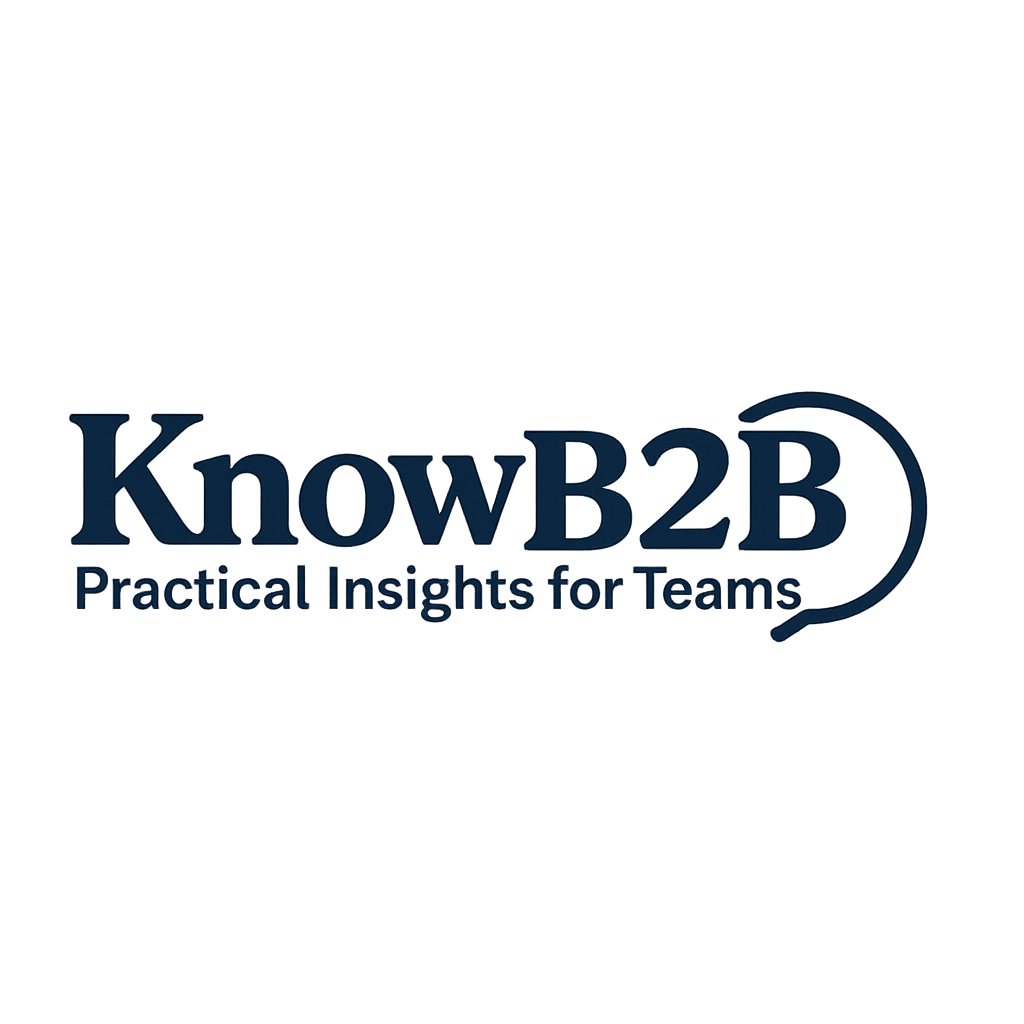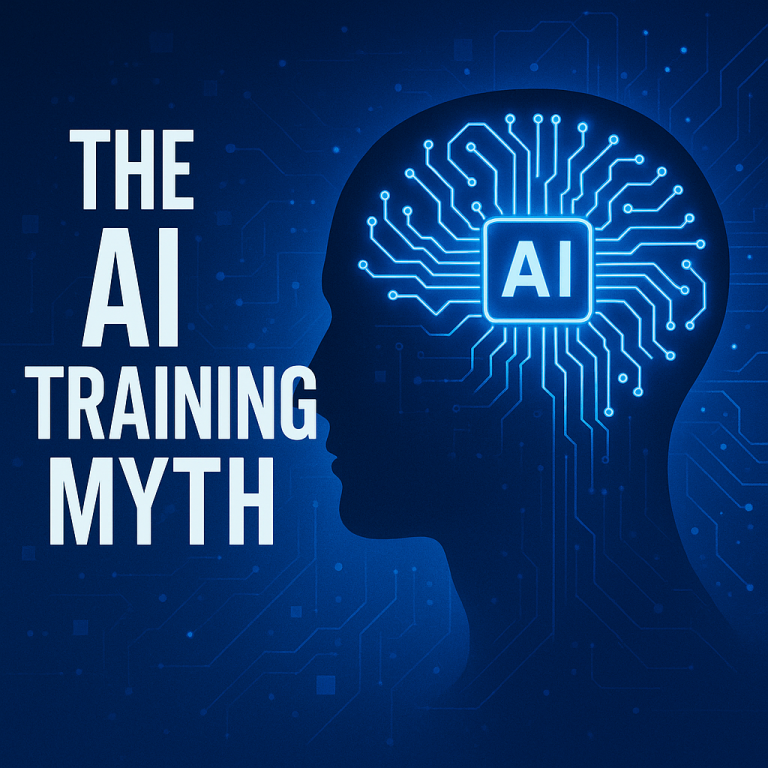The concept of human resource management (HRM) has evolved through different eras of organizational development. Originally known as personnel management, HR emerged alongside the formation of organizations and the division of labor. With the advent of the Industrial Revolution, personnel management transformed into modern HR practices. This article explores the historical development, current practices, and future outlook of HR, highlighting its indispensable role in shaping sustainable business success.
The History of Human Resource Management
The origins of personnel management date back to ancient times, evolving alongside the emergence of organizations. Modern personnel management took shape during the Industrial Revolution, particularly influenced by practices in the United States. By the 1970s, the limitations of traditional personnel management led to a shift towards more strategic and human-centered approaches.
In 1954, Peter Drucker introduced the term “human resources” in his seminal book The Practice of Management. He emphasized that people are distinct from other resources because they possess judgment, coordination, and the ability to make decisions. Drucker highlighted that managers could not control people in the same way they manage materials or capital; instead, people must manage themselves.
Following World War II, although management science briefly undervalued the human element, the rise of the knowledge economy in the 21st century reaffirmed the centrality of people. Human-centric management became the mainstream philosophy, emphasizing employee engagement, creativity, and autonomy as key to corporate success.
HR, as a resource, is fundamentally different from others due to its initiative, duality, timeliness, renewability, and social nature.
The Current State of Human Resource Management
1. Traditional Personnel Management
- Activities: Focused on administrative tasks such as hiring, payroll, and file management.
- Nature: Primarily transactional and short-term, with little involvement in strategic decisions.
- Organizational Role: Seen as a low-skill, execution-oriented function with limited influence.
2. Modern HR Practices
- Strategic Shift: HRM now aligns with organizational strategy, emphasizing strategic HR planning, talent development, and competitive advantage.
- Proactive Development: HR is no longer about control but about cultivating talent. This includes diverse training programs, job enrichment, and employee development planning.
- Operational Integration: HR’s core function is to optimize efficiency by aligning people with organizational goals.
- Comprehensive Functions:
- Resource Planning: Determine staffing needs and control recruitment costs.
- Talent Development: Create value through long-term investment in employees.
- Employee Satisfaction: Improve morale and engagement.
- Incentive Systems: Link compensation with performance and industry HR benchmarks.
3. Human-Centric Management
Modern HR practices recognize employees as “social beings,” in contrast to earlier views of them as purely economic units. This shift involves personalized management, supportive services, and reduced bureaucratic control. Inspired by human capital theory, HR now plays a central role in strategic business planning and enterprise development.
The Future of Human Resources: A Pillar of Sustainable Development
1. Enhancing HR Management Practices
- People-Centric Philosophy: Shift from authoritarian to performance and capability-oriented cultures.
- Leadership Commitment: Organizational leaders must embody the philosophy of “people first.”
- Resource Allocation: Treat HR as the primary strategic resource, optimizing its use across teams and departments.
2. Building an Open and Dynamic HR System
- Optimization: Continuously adjust organizational structure and workforce allocation.
- Potential Development: Invest in upskilling and lifelong learning initiatives.
- Performance Evaluation: Implement clear job descriptions and objective-based assessments.
- Promotion Systems: Create meritocratic career paths to retain and motivate top talent.
3. Embedding HR into Business Strategy
- Adopt Best Practices: Localize global HR models through contextual adaptation.
- Strategic Positioning: Elevate HR’s status within the organization.
- Leadership Talent: HR heads must be cross-functional experts with deep business insight.
- Operational Synergy: HR must actively integrate with and drive sustainable business growth.
Conclusion
Human resources will continue to be a decisive force in organizational success. To realize this potential, HR professionals must embrace the complex interplay between corporate culture, operations, and leadership. Only by aligning HR deeply with business strategy and employee needs can organizations truly harness the full value of their people and ensure long-term sustainable development.


